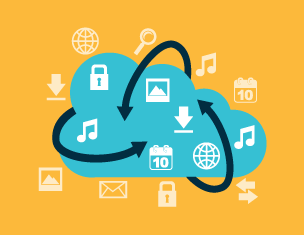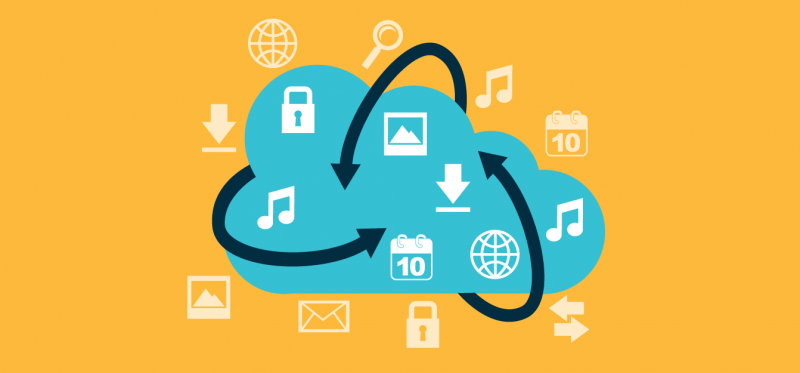Here are four key trends to keep an eye on as cloud computing transforms the customer experience and enables companies to provide more personalized products and services.
 1. Smoother Connectivity
1. Smoother ConnectivityCompanies are looking for ways to integrate features and functions from their legacy systems with a cloud model. Efforts to enhance the cloud experience have given rise to the increasing use of Application Programming Interfaces (APIs). Using cloud APIs, administrators can integrate existing in-house applications and other workloads into the cloud without having to overhaul the entire platform. These include service-level, application-level, infrastructure, and cross-platform APIs.
Businesses are increasingly consuming data using APIs, which also enables them to mix and match cloud services within traditional enterprise applications. One of the amazing things the cloud provides is the ability to assimilate data that was once confined to proprietary systems, making the concept of interconnectivity so much easier than it used to be in the past.
2. Personalizing the IoT
Cloud APIs also play a major role in the movement toward the Internet of Things (IoT). We can expect to see more advanced cloud APIs introduced that can identify and connect relevant data across numerous apps or data warehouses. This means organizations will be able to provide more personalized services and products that leverage integrated customer information.
Additionally, personalization itself could become the product. A refrigerator, for example, may be evaluated on how personalized and convenient its mobile app is. Customers may receive a notification when milk has expired or be sent an alert with a suggested shopping list based on when contents in the fridge are running low. IoT is essentially an API-enabled platform for extending data to the things that deliver value to users.
3. Blurred lines
The boundary between which data belongs in the cloud and which doesn't is becoming blurred. Options regarding the type of cloud model to use—public, private, or hybrid—are also becoming more flexible. Selecting a cloud-based platform depends on each company’s requirements. For situations that are highly focused on data privacy, for example, setting up a private cloud behind a firewall may make sense. But there are more and more circumstances where organizations are setting up the cloud behind a firewall while some databases are connected to public services like Amazon Web Services or Microsoft Azure to take advantage of third-party cloud services.
Greater attention is being paid to information security and user privacy as more data gets stored and transmitted through cloud environments. While there’s no bullet-proof solution for protecting data, it’s important for companies to consistently update their security measures and train employees on following proper data security protocols.
4. Outsourcing gets disrupted
Cloud-based services are also disrupting the outsourcing industry in significant ways. Enterprise organizations are increasingly turning to SaaS solutions to handle their HR, CRM, and contact center needs instead of relying on traditional outsourcing providers. Companies are moving away from physical or on-premise services to more affordable cloud-based services that allow them to pay as they go instead of having to own the servers and other infrastructure.
The move toward cloud-based support services also calls for new skillsets. For instance, while cloud-based IVR solutions enable companies to provide callers with quick answers, live associates are still needed to answer more complicated questions that an automated system is unable to address. These changes make it important for companies to invest in retraining employees and providing them the information they need to better assist customers.
There’s no question that cloud computing is gaining momentum, and as businesses explore its many uses, keeping the customer in mind will enable companies to deliver more value. As cool as the cloud is, it’s important for companies to stay customer-focused and be sensitive to the data that’s shared in the cloud and provide the types of services that meet the customer’s needs.
Also, check out the most recent issue of our eNewsletter.







